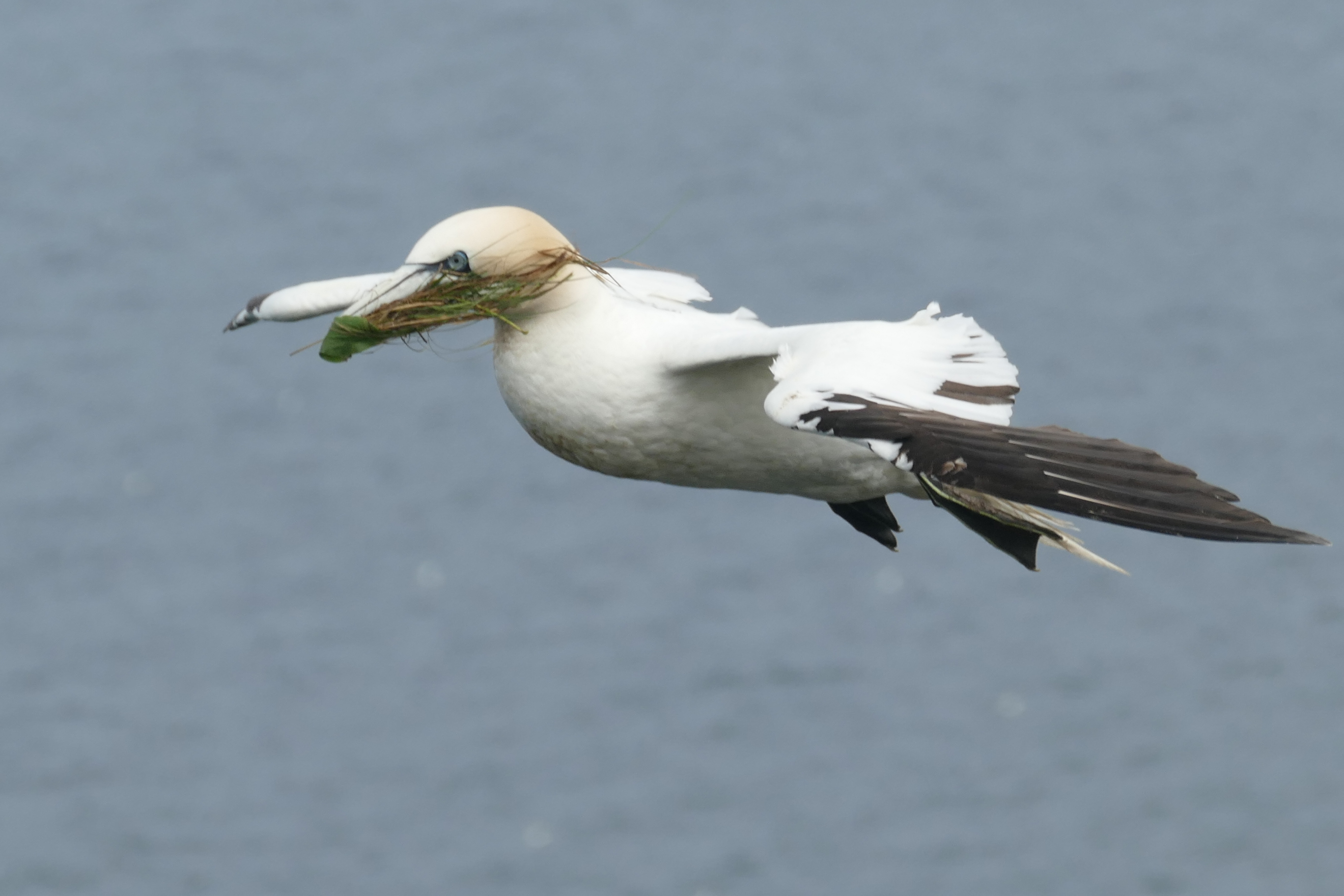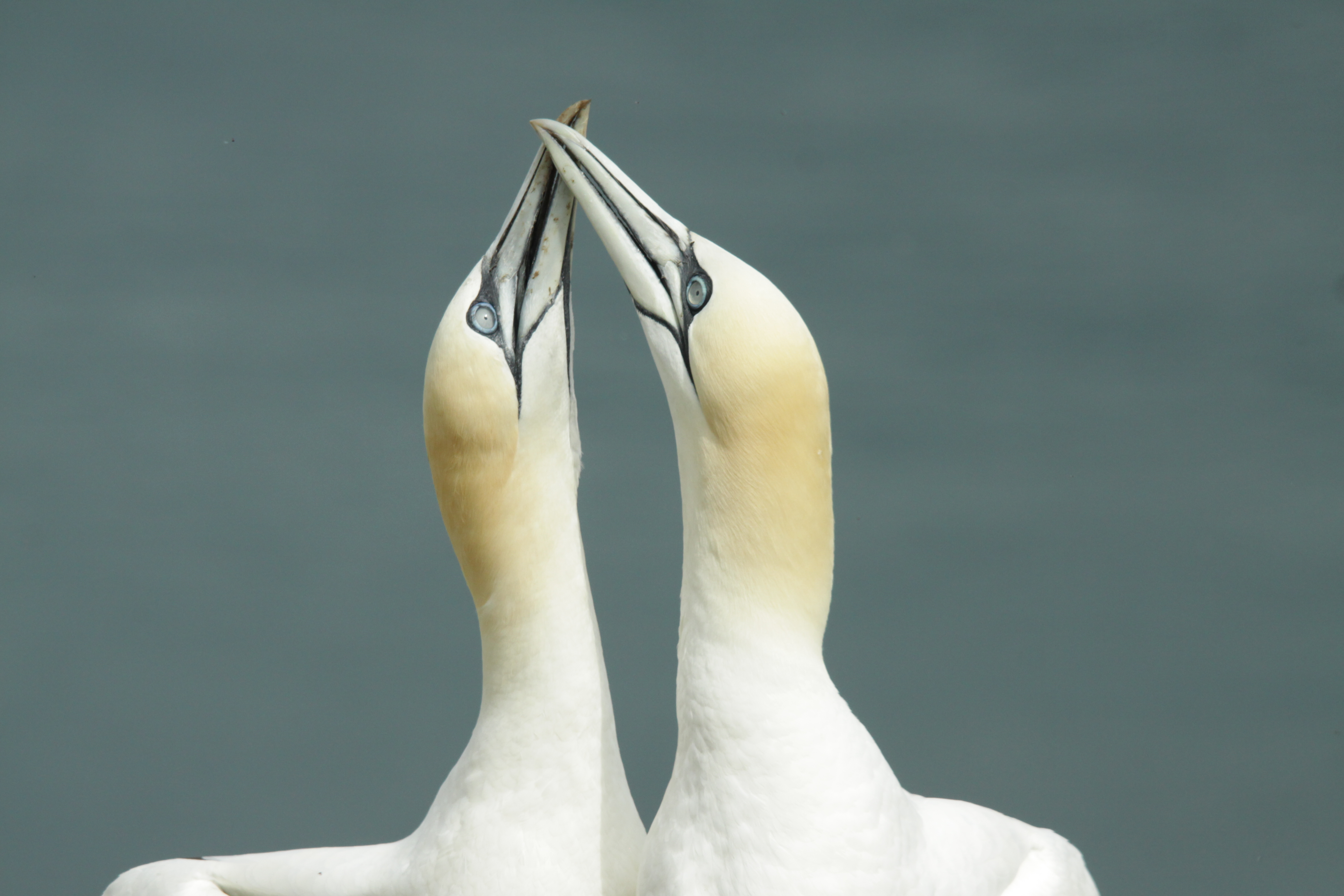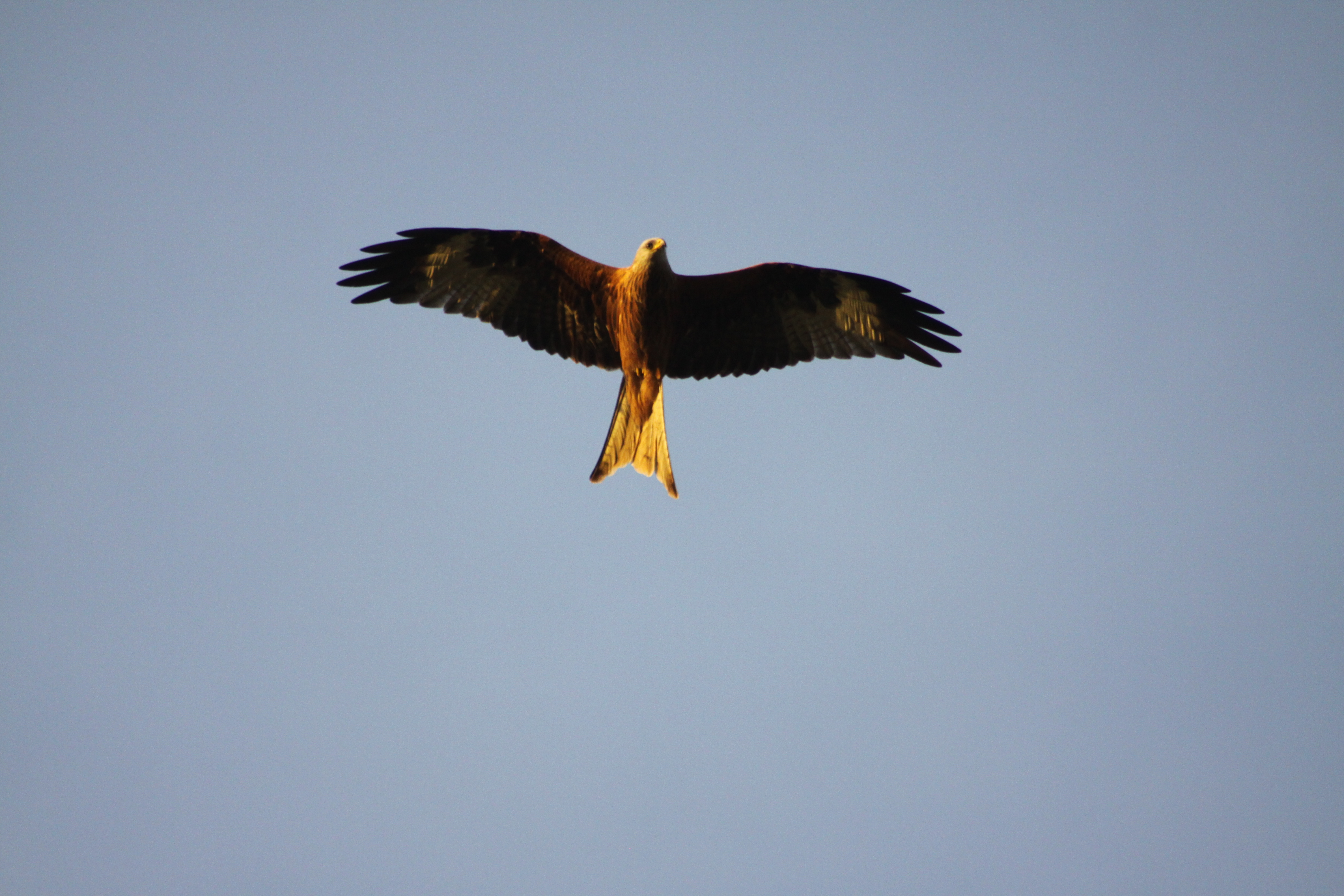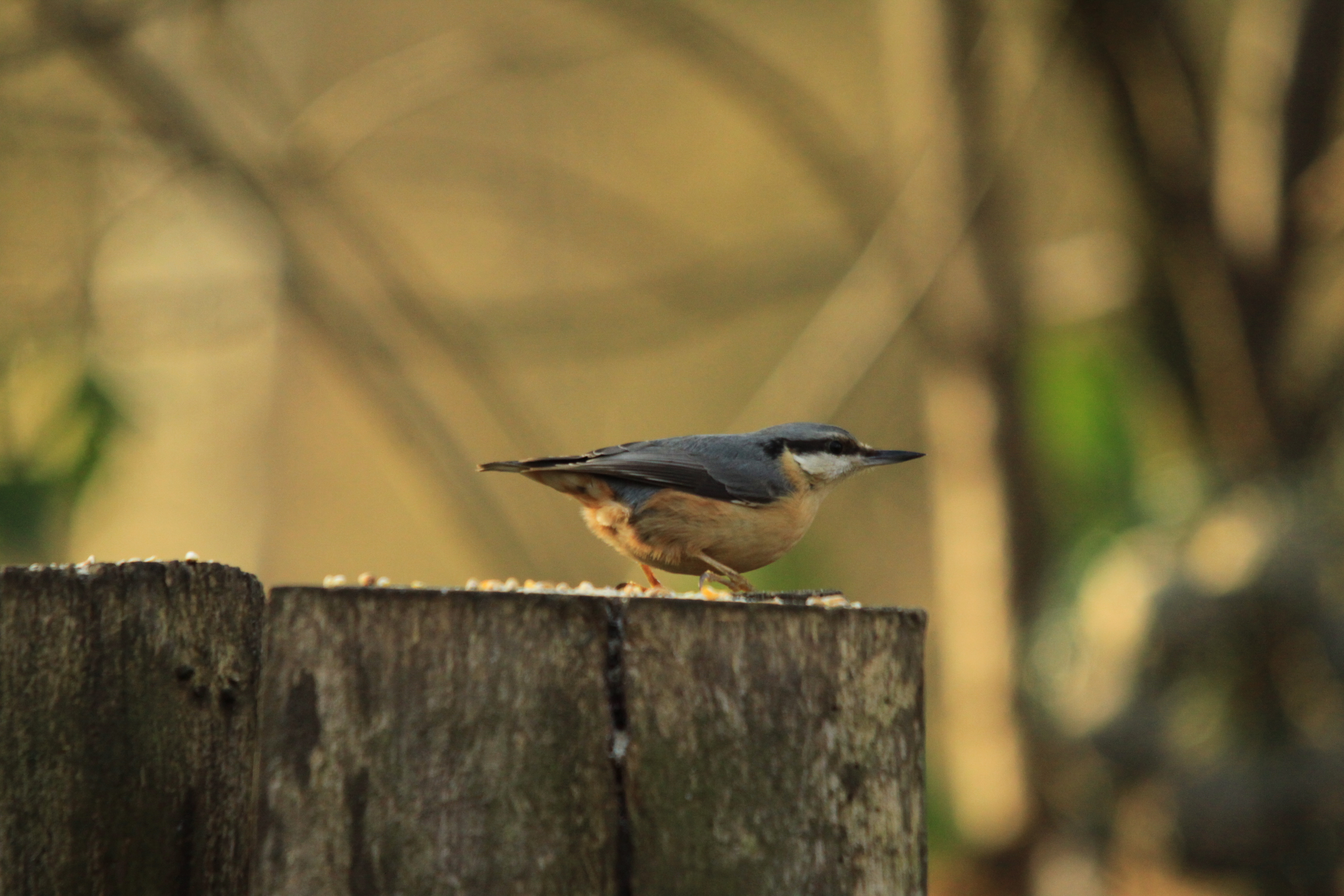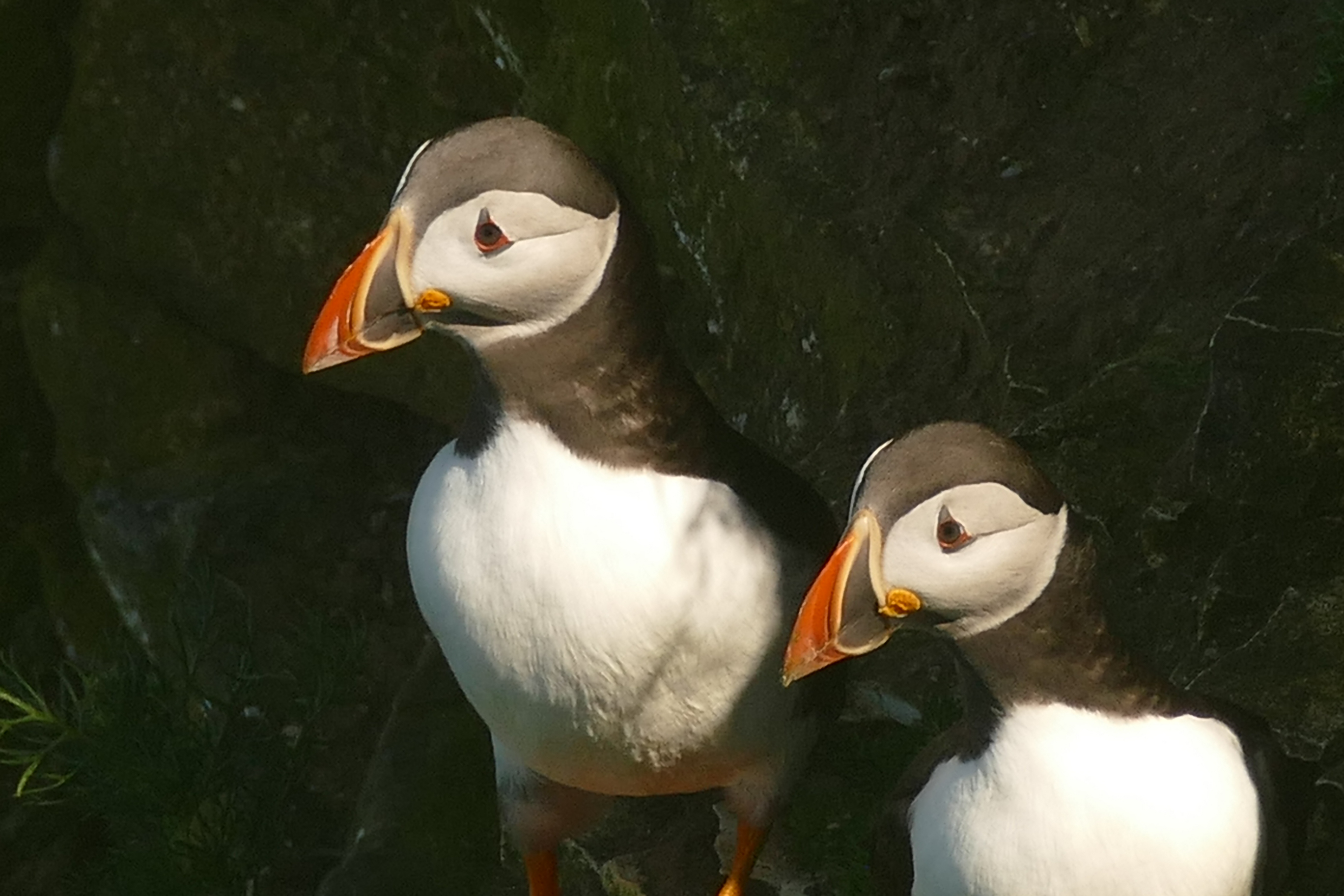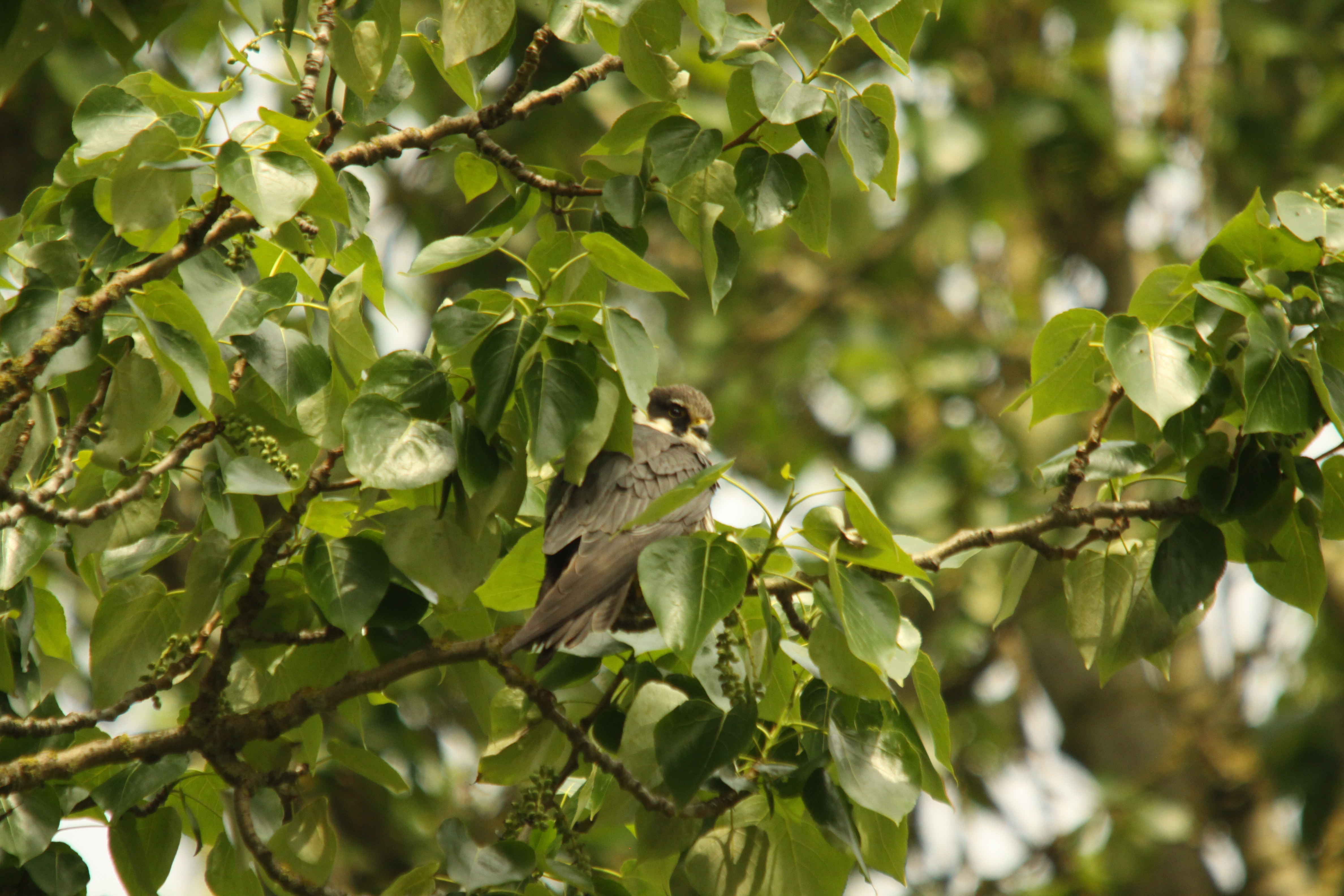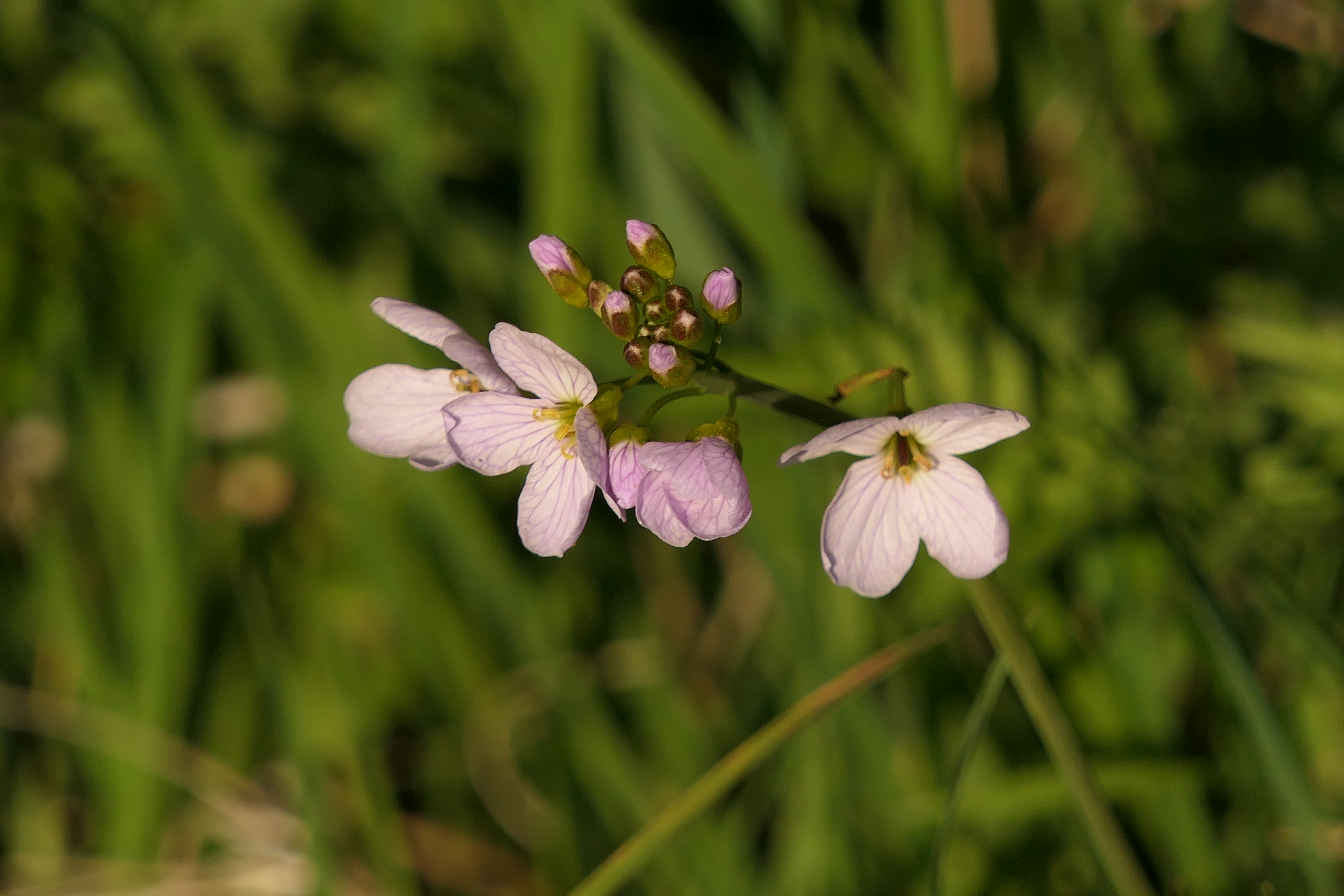A change in itinerary took us to Sherwood Forest now under the stewardship of the RSPB for the third day. It is a truly unique habitat one that the guests were looking forward to. As you would expect woodland birds were to the fore with many species of Tits and Warblers being seen. An overhead gronk of a Raven alerted our eyes skyward, whilst a Tree Creeper was seen but sadly no Redstarts could be found as the heavy rain set in, it eventually curtailed our foray onto Budby Heath. As we set off on our return walk the sky cleared a little, enough to give some encouragement to a Tree Pipit to perform its vocal parachute display, this was a first for some of the group, whilst behind us we were constantly laughed at by the constant yaffle of a Green Woodpecker.
The sky continued to clear as we sought a parking place close to the Dukeries lake complex and partook of our lunch. The lunch stop proved to be a birding experience, with Mandarin Ducks, Nuthatches, Common Terns in the locality. Post lunch we continued down to the Welbeck raptor watchpoint where a varied selection was added to our list including Kestrel, Red Kite, Buzzard and many Swallows hawking low over the fields which are always a pleasing sight. It was great that the weather had improved as the day continued and that guests had also seen the major Oak, a tree that had lived through a staggering amount of both British and World history.
The final day necessitated an early start to get up to the seabird mecca that is RSPB Bempton on the East Yorkshire Coast. It has become a place of pilgrimage for me over many years, it continues to inspire, amaze and educate in equal proportions. Our day was really in the lap of the gods with the weather, as a constant sea fret kept washing over us like an ethereal shroud. The Gannets were the stars of the show just showing what masters of the air they were, as constant updraughts continually called for aerodynamic adjustments. The Auks - Guillemots, Razorbills and Puffins were there in good numbers with the omnipresent call of the Kittiwakes reverberating from the chasms cut deep into the Limestone cliffs. Good views of a Corn Bunting which are quite a common bird at this location, Linnets, Reed Buntings and many of the star passerine Tree Sparrow were also seen. But the bird of the day was the local Barn Owl out hunting on the rough grassy sward of the clifftops, most of the group had stunning views whilst I captured some footage on video for future use. With the post weather lunch closing in a decision was taken to abandon the site, venturing inland to Tophill Low a site managed by Yorkshire water, this was to be an excellent alternative. Some renovation work had recently been completed to the hides and footways but nothing prepared me for the sight that greeted us from the lookout over D reservoir, it was almost as if the complete Sand Martin and Swift migration for the entire UK was happening right in front of our very eyes. It was truly spectacular, a massive reservoir with its rather choppy surface now the hunting space for literally thousands of our scythe winged wonders, it was a world of wildlife that I had never witnessed before and never likely to ever witness again. As we made our way along the boardwalk a rather strange call greeted us it certainly was not of an avian creation but close inspection of the nearby pool showed it to be coming from the resident Marsh Frogs which were very territorial as they emitted this call whilst inflating their cheek bubbles, this in a pool which had the most stunning show of Water Violet I had ever witnessed. A further wander along the paths to O reservoir revealed more Sand Martins interspersed with a few of the House variety, whilst the scrape’s showed breeding was well advanced with young Mallards, Greylags, Canadas and a solitary Oystercatcher chick.
It had certainly been a challenging week from a weather perspective but with a range of habitats being visited it gave a final species score of 102 most had been seen but some only identified on their call, all this at a leisurely pace at a variety of stunning locations and in good company.
